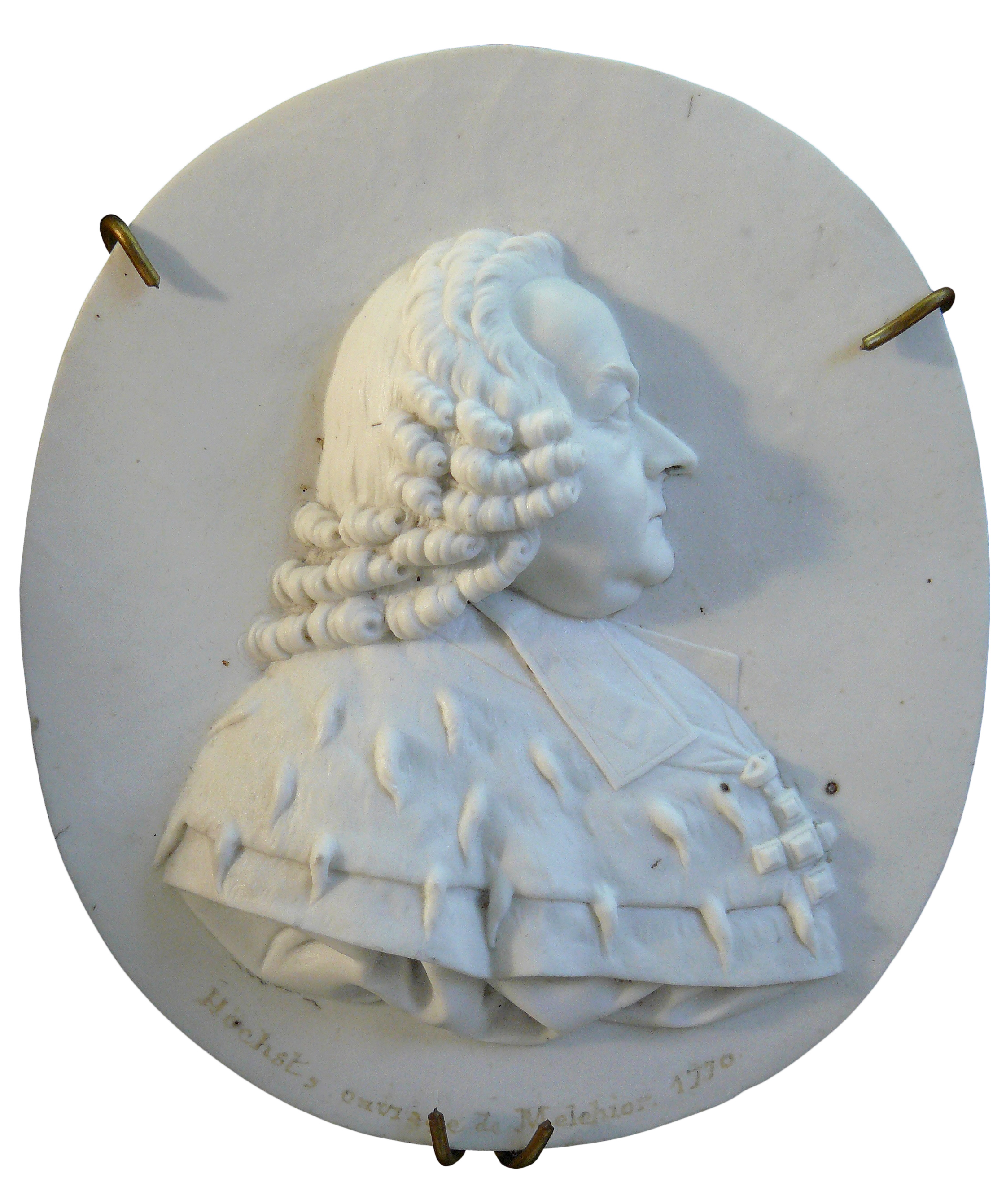Bisque (pottery) on:
[Wikipedia]
[Google]
[Amazon]
 Biscuit (also known as bisque) refers to any
Biscuit (also known as bisque) refers to any
 Biscuit (also known as bisque) refers to any
Biscuit (also known as bisque) refers to any pottery
Pottery is the process and the products of forming vessels and other objects with clay and other ceramic materials, which are fired at high temperatures to give them a hard and durable form. Major types include earthenware, stoneware and ...
that has been fired in a kiln without a ceramic glaze
Ceramic glaze is an impervious layer or coating of a vitreous substance which has been fused to a pottery body through firing. Glaze can serve to color, decorate or waterproof an item. Glazing renders earthenware vessels suitable for holding ...
. This can be a final product such as biscuit porcelain
Biscuit porcelain, bisque porcelain or bisque is unglazed, white porcelain treated as a final product, with a matte appearance and texture to the touch. It has been widely used in European pottery, mainly for sculptural and decorative objects th ...
or unglazed earthenware
Earthenware is glazed or unglazed nonvitreous pottery that has normally been fired below . Basic earthenware, often called terracotta, absorbs liquids such as water. However, earthenware can be made impervious to liquids by coating it with a c ...
(such as terracotta
Terracotta, terra cotta, or terra-cotta (; ; ), in its material sense as an earthenware substrate, is a clay-based unglazed or glazed ceramic where the fired body is porous.
In applied art, craft, construction, and architecture, terra ...
) or, most commonly, an intermediate stage in a glazed final product.
Confusingly, "biscuit" may also be used as a term for pottery at a stage in its manufacture where it has not yet been fired or glazed, but has been dried so that it is no longer plastic (easily deformed).
The porous nature of (fired) biscuit earthenware
Earthenware is glazed or unglazed nonvitreous pottery that has normally been fired below . Basic earthenware, often called terracotta, absorbs liquids such as water. However, earthenware can be made impervious to liquids by coating it with a c ...
means that it readily absorbs water, while vitreous
Vitreous may refer to:
Materials
* Glass, an amorphous solid material
** Vitreous enamel, a material made by fusing powdered glass to a substrate by firing
* Vitreous lustre, a glassy luster or sheen on a mineral surface
Biology
* Vitreous bod ...
wares such as porcelain
Porcelain () is a ceramic material made by heating substances, generally including materials such as kaolinite, in a kiln to temperatures between . The strength and translucence of porcelain, relative to other types of pottery, arises main ...
, bone china
Bone china is a type of ceramic that is composed of bone ash, feldspathic material, and kaolin. It has been defined as "ware with a translucent body" containing a minimum of 30% of phosphate derived from animal bone and calculated calcium phos ...
and most stoneware
Stoneware is a rather broad term for pottery or other ceramics fired at a relatively high temperature. A modern technical definition is a vitreous or semi-vitreous ceramic made primarily from stoneware clay or non-refractory fire clay. Whether vi ...
are non-porous even without glazing. The temperature of biscuit firing is today usually at least 1000°C, although higher temperatures are common. The firing of the ware that results in the biscuit article causes permanent chemical and physical changes to occur. These result in a much harder and more resilient article which can still be porous, and this can ease the application of glazes.
In situations where two firings are used, the first firing is called the biscuit firing, and the second firing is called the glost firing, or glaze firing if the glaze is fired at that stage.
References
External links
{{DEFAULTSORT:Bisque (Pottery) Pottery Ceramic materials